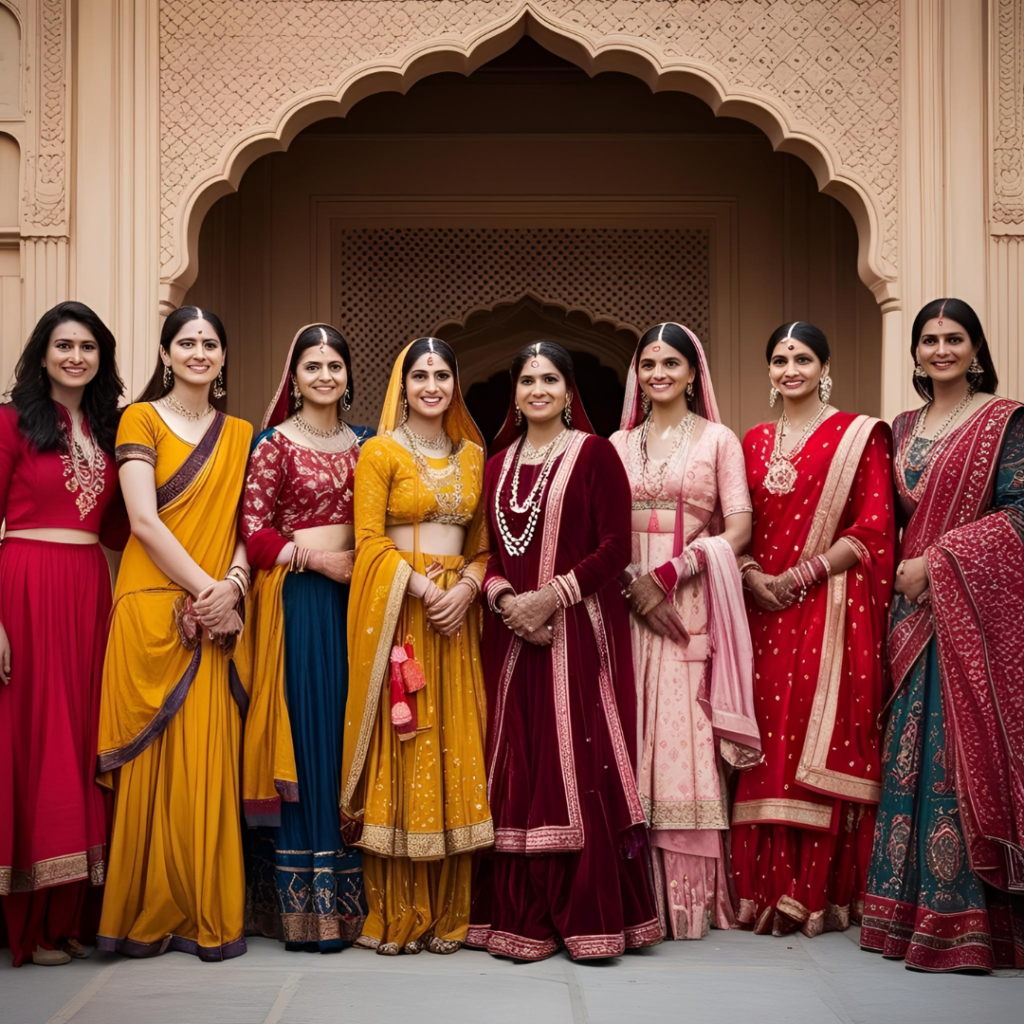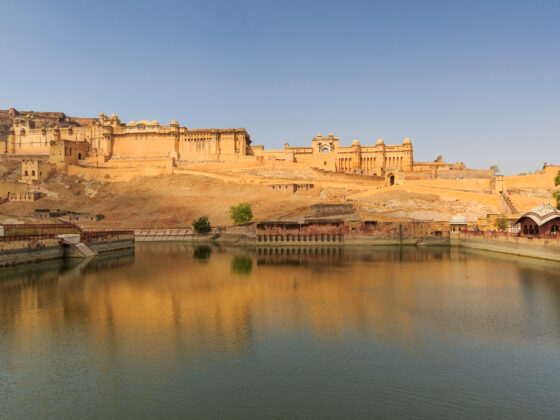The Role of Rajput Women in Preserving Heritage

Introduction
Rajput women have played a crucial role in safeguarding and preserving the rich cultural heritage of India. Known for their resilience, valor, and deep-rooted traditions, they have ensured that the legacy of their ancestors continues to thrive. From queens and warriors to patrons of art and literature, they have significantly contributed to the protection and promotion of Indian heritage.
The Influence of Rajput Women in History
They were not just confined to the palaces; they actively participated in governance, warfare, and cultural preservation. Their contributions can be seen in various spheres, including art, literature, and social reforms.
1. The Role of Queens and Rulers
- Rani Padmini of Chittorgarh: She became a symbol of Rajput pride and honor, choosing self-sacrifice (jauhar) over surrender during Alauddin Khilji’s invasion.
- Maharani Gayatri Devi: A modern-era Rajput queen, she played a vital role in education and women’s empowerment in Jaipur.
- Rani Durgavati: A warrior queen of the Gondwana kingdom who fought fiercely against Mughal invasion.
2. Preserving Cultural and Artistic Heritage
Rajput women have been instrumental in keeping art and cultural traditions alive.
- Kathputli (Puppet) Tradition: Rajput queens patronized traditional Rajasthani puppet shows, which depicted historical events and folktales.
- Rajput Miniature Paintings: Many royal women supported artists, leading to the flourishing of miniature paintings that depicted scenes of courtly life and mythology.
- Traditional Rajput Attire and Jewelry: they played a crucial role in maintaining the legacy of intricate handwoven textiles and traditional jewelry, such as Kundan and Meenakari.
3. The Contribution of Rajput Women to Warfare
Despite living in patriarchal societies, many actively participated in battles.
- Rani Karnavati of Mewar: She led the kingdom during turbulent times and sent the famous rakhi to Emperor Humayun seeking protection.
- Hadi Rani: A warrior who made the ultimate sacrifice to inspire her husband in battle.
- Rani Lakshmibai’s Rajput Heritage: Although primarily associated with Jhansi, her Rajput lineage influenced her bravery and leadership in the 1857 uprising.
The Modern Role of Rajput Women in Heritage Conservation
Even today, They continue to preserve their cultural heritage in various ways:
- Restoring Historic Palaces: Many royal families have transformed their palaces into heritage hotels and museums to keep history alive.
- Reviving Traditional Art Forms: Organizations led by Rajput women work toward reviving dying art forms such as Pichwai paintings and block printing.
- Promoting Rajput Cuisine: Many Rajput families maintain age-old recipes, ensuring the continuity of royal culinary traditions.
Conclusion
The legacy of Rajput women extends far beyond history books. Their resilience, cultural contributions, and dedication to preserving traditions have kept the Rajput heritage alive for centuries. Whether through art, literature, governance, or warfare, their influence remains a testament to the indomitable spirit of Rajputana.







